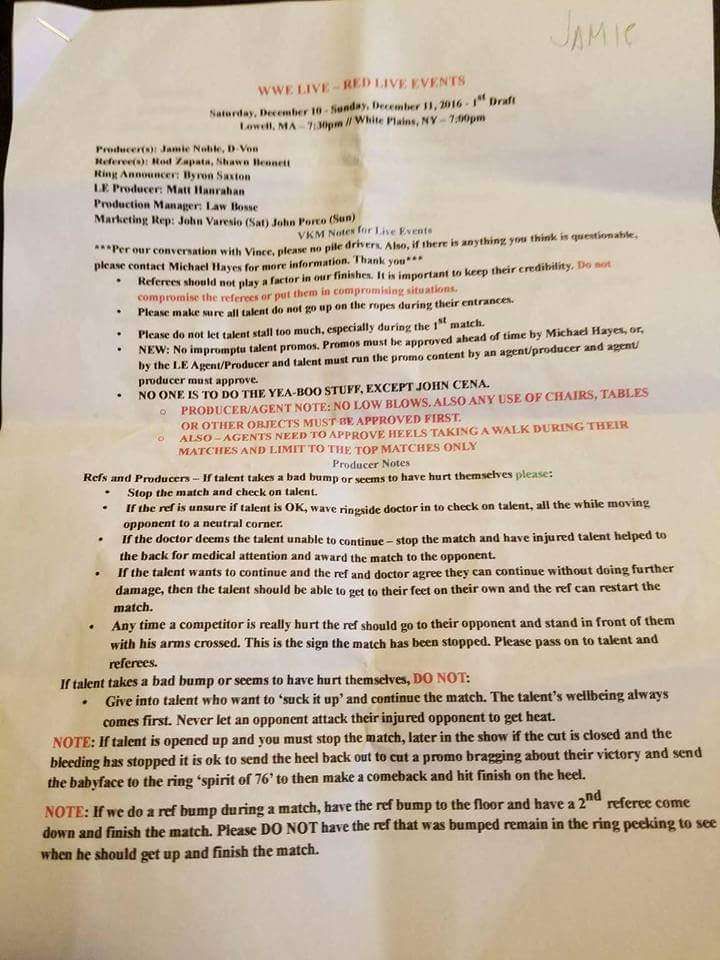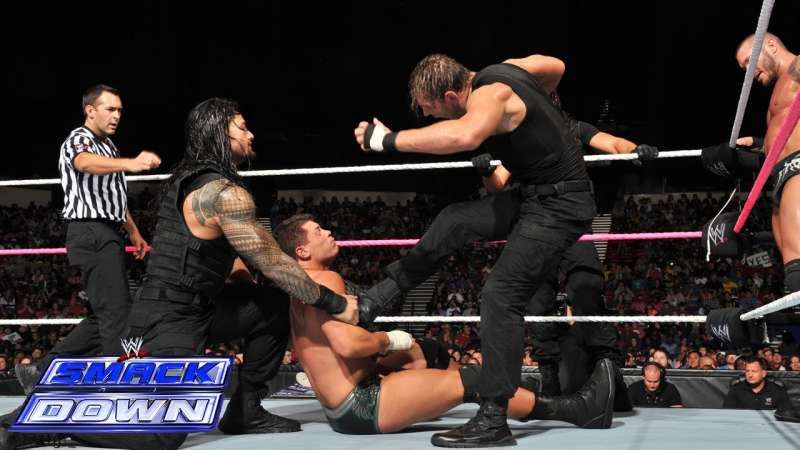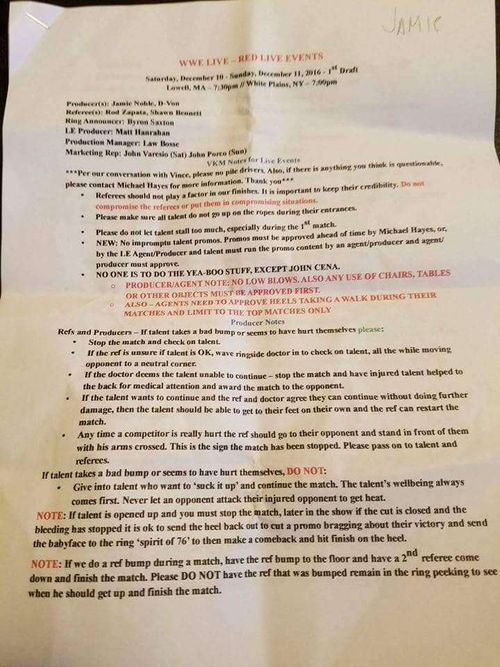
6 WWE rules that simply don't make sense
Professional wrestling has a history of being wacky and ridiculous. This is a profession where grown men and women go to outrageous lengths to pretend to hurt one another to tell a story, sometimes without actually speaking. It’s a bit of a kitsch, but millions of people around the world love it.
But wrestling, like other endeavours, is rife with criticism geared towards it.
People mock wrestling and its fans for its inherent fakeness, for the excess violence seen on some occasions, and for the ridiculously over-the-top and sometimes offensive acts put on display by wrestling companies.
Many wrestling fans defend what they watch because of its uniqueness, but other people in the society will always find one reason or another to make fun of wrestling. Now, they can add another element to their criticism: illogical and borderline-stupid rules that govern the decisions made and the match structure in WWE.
No matter how much WWE tries to sell itself as ‘sports entertainment’, it’s still wrestling, dammit. It requires viewers to suspend their disbelief to really invest in what they’re watching. But there’s another element to all of this as well.
Most fans these days are smarter than in previous years and can be just as interested in the backstage happenings of a company as in the matches themselves. When there’s something special happening backstage that we’re not supposed to hear about, you can guarantee that people will try and find out about it no matter what.
With the ubiquitous internet breaking the walls down between the on-screen product and the decision-making process in WWE, fans are learning more and more about the rules and processes that dominate WWE.
Some of these make sense, such as their concussion policy and wellness policy. Others are more open to debate, such as the overly-childish promos and storylines done because the company is PG, or the no blood rule, despite blood being an integral component of matches for decades.
Then there are the rules and mentalities that simply do not make sense. You don’t have to be an expert in business administration, economics, behavioural psychology, or even wrestling to understand that some of these rules defy all logic.
Here are six of the most illogical and incomprehensible rules that seem to govern how WWE makes its decisions and books its matches.
#6 In a Tag match, partners can only interfere once

Go back and watch any regular tag team match on RAW or SmackDown from the last few years. What you’ll notice is that, in each match, when two people are in the ring, one of the partners will interrupt a pin attempt only once throughout the entire match, and then that person’s opponent will then attack that person.
What this means is that tag team matches can only have one moment where a pin attempt is interrupted. This doesn’t make sense because the idea behind having your partner come in to help you is the main purpose of a tag team match.
For an example of how a tag team should operate, watch this match (I know it’s long, but still, it’s worth it):
What you’ll notice in this match (aside from its unparalleled awesomeness) is that for both teams, partners on the apron interfered several times throughout the match. This made each near-fall feel like it could actually end the match and added much more drama to the match.
In making this rule, WWE’s basically telling the audience that, unless a wrestler’s partner interferes, they shouldn’t worry about any match-ending moves. Simply put, they’re creating a predictable formula for every tag team match where everything follows the same flow.
But having a tag partner interfere several times has multiple benefits. Aside from showing proper tag team psychology and adding drama to the match, it can also generate support/heat for one wrestler or another.
Also read: The 10 worst movies that feature WWE superstars
For instance, during the 2001 Survivor Series ‘WWE vs. Alliance’ match, Shane McMahon kept getting involved and breaking up pin attempts throughout the first half of the match. This made the audience loathe him, and they wanted to see him get his comeuppance desperately.
So when several wrestlers hit their finishers on him, the crowd roared in approval, as an irritating match participant was finally eliminated.
Good luck finding a match with that kind of psychology or storytelling in WWE matches these days, what with the above rule being something of a standard in the company.
